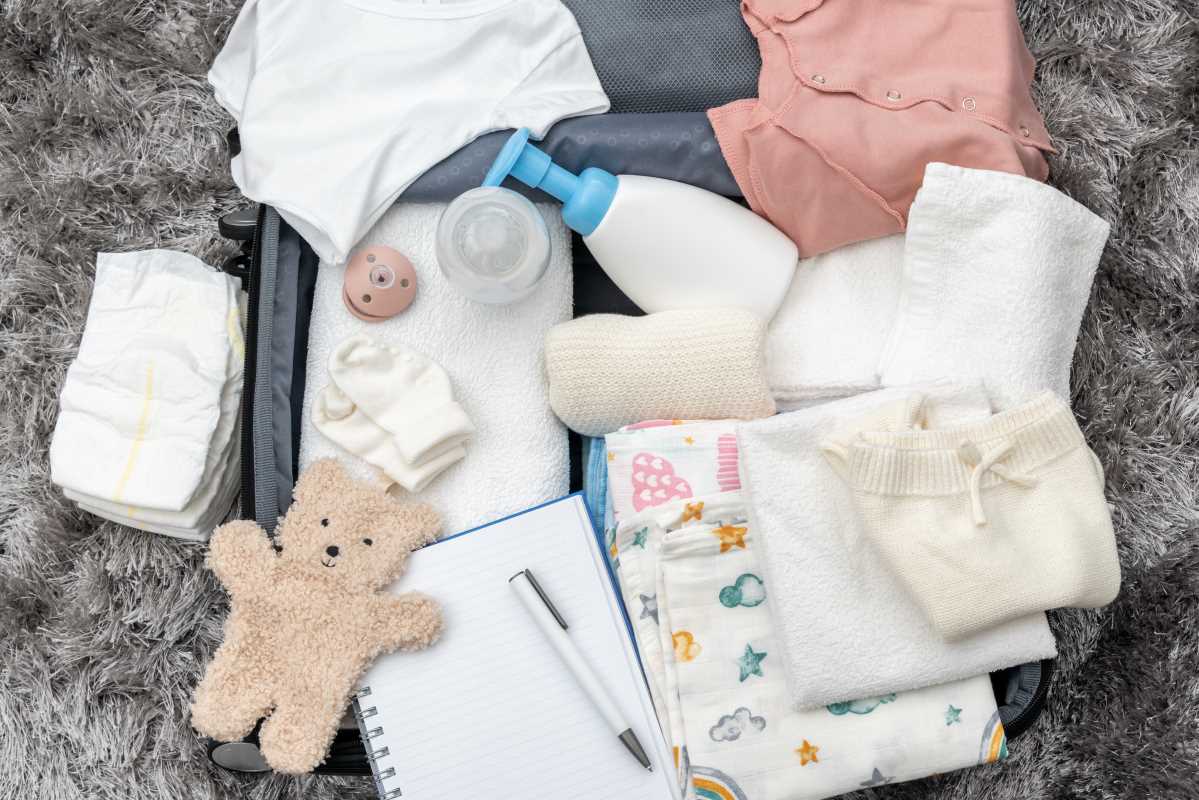Preparing for labor and delivery is an important part of the pregnancy journey. As the due date approaches, many expectant mothers and their partners may feel both excitement and anxiety about what lies ahead. With proper preparation, however, you can approach labor and delivery with confidence, knowing that you have taken steps to ensure a smoother and more informed experience. Here are some key strategies to help you prepare physically, emotionally, and mentally for the big day.
1. Educate Yourself on the Process
Knowledge is power when it comes to labor and delivery. Understanding what to expect during each stage of labor can alleviate much of the fear associated with the unknown. Here are a few ways to educate yourself:
- Attend Childbirth Classes: Many hospitals and birthing centers offer prenatal classes that cover labor, delivery, pain management options, and postpartum care. These classes are designed to give you an overview of the entire process and prepare you for the various scenarios you may encounter.
- Read Books and Watch Videos: There are numerous books and online resources dedicated to pregnancy, labor, and delivery. Books like “What to Expect When You're Expecting” can be helpful, as can documentaries and videos of actual childbirths, which give insight into the different stages of labor.
- Talk to Your Healthcare Provider: Ask your doctor or midwife about the process of labor, pain management options, and any concerns you may have. They can also walk you through what to expect based on your individual pregnancy, such as whether you might need a Cesarean section or induction.
2. Create a Birth Plan
A birth plan is a written document outlining your preferences for labor and delivery. While it’s impossible to predict exactly how labor will unfold, a birth plan can help communicate your wishes to your healthcare team. Key components of a birth plan might include:
- Pain Relief Preferences: Indicate whether you prefer to try natural pain relief techniques, such as breathing exercises, or whether you’d like to use medications like an epidural.
- Delivery Preferences: State whether you’d like to give birth in a hospital, birthing center, or at home. You can also outline any specific preferences for pushing positions or whether you’d like to have a water birth.
- Support Team: List who you’d like in the room with you during labor, such as your partner, doula, or family members.
- Interventions: Include your preferences on interventions like episiotomies, forceps, or vacuum-assisted delivery, while understanding that medical necessity may dictate these decisions.
It’s important to be flexible with your birth plan, as labor can sometimes take unexpected turns. Discuss your birth plan with your healthcare provider ahead of time to ensure it aligns with hospital policies or medical guidelines.
3. Practice Relaxation and Breathing Techniques
Learning how to relax and control your breathing can be incredibly helpful during labor. Deep breathing techniques can help you manage pain, conserve energy, and stay focused during contractions. Some popular breathing and relaxation techniques include:
- Lamaze Breathing: A well-known method that emphasizes patterned breathing and relaxation during labor.
- Hypnobirthing: This technique uses guided visualization and relaxation exercises to help reduce anxiety and pain during labor.
- Meditation and Yoga: Practicing prenatal yoga or guided meditation can help you stay calm and centered during labor, promoting a more positive and peaceful birthing experience.
Consider practicing these techniques with your birthing partner so that they can assist you during labor. Familiarizing yourself with various breathing patterns ahead of time can make them feel more instinctive when the time comes.
4. Strengthen Your Body
Labor is physically demanding, so maintaining your strength and stamina during pregnancy is key. Gentle exercise, as approved by your healthcare provider, can help prepare your body for the physical challenges of labor. Some recommended exercises include:
- Prenatal Yoga: This can improve flexibility, strength, and balance, all of which are helpful for labor and delivery. It can also teach you breathing techniques and positions that can ease labor discomfort.
- Kegel Exercises: These exercises strengthen the pelvic floor muscles, which support the uterus, bladder, and bowels. Strengthening these muscles can make pushing easier during labor and aid in postpartum recovery.
- Walking and Swimming: Low-impact cardiovascular exercises like walking or swimming can keep you fit without placing too much strain on your body, helping you build the endurance needed for labor.
5. Pack Your Hospital Bag Early
Packing your hospital or birthing center bag a few weeks before your due date ensures that you’re ready when labor begins. Some essential items to include are:
- Important Documents: Make sure you have your ID, insurance information, and any medical records.
- Comfort Items: Pack comfortable clothing, a robe, socks, and slippers. Don’t forget toiletries like a toothbrush, hair ties, and lip balm.
- Post-Delivery Supplies: Include nursing bras, maternity pads, and any postpartum care items that will help you feel more comfortable after delivery.
- Baby Essentials: Pack baby clothes, diapers, blankets, and a car seat for the ride home.
6. Mentally Prepare for the Unexpected
Labor and delivery don’t always go according to plan, and it’s important to be mentally prepared for unexpected changes. You may need an emergency C-section, labor may progress more quickly or slowly than anticipated, or you may change your mind about pain management. Being flexible and keeping an open mind can help reduce anxiety if things don’t go exactly as expected.
Preparing for labor and delivery involves both physical and emotional readiness. By educating yourself, creating a birth plan, practicing relaxation techniques, strengthening your body, packing early, and mentally preparing for the unexpected, you’ll be well-equipped to handle the challenges of childbirth. Most importantly, remember that every labor experience is unique, and staying calm and adaptable can lead to a more positive birthing experience.
Featured image via sosiukin/Adobe Stock
 (Image via
(Image via




